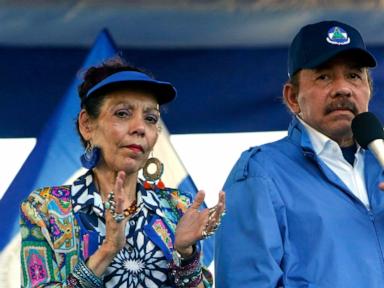ARTICLE AD BOX

Jack Dorsey, co-founder of Twitter, endorsed BIP 177, which proposes a radical rebranding of Bitcoin’s base unit. Dorsey supported the proposal on X and spread the new idea with 1 million views. A software developer, John Carvalho, published BIP 177 titled “Refine Bitcoin’s Base Unit”, arguing that the BTC currency could be simplified by removing leading zeros and the decimal point. Using current prices, A single Bitcoin worth over $100,000 makes the token cumbersome for regular trade. A Bitcoin comprises 100,000,000 Satoshis, or “sats”, named after the founder of Bitcoin, Satoshi Nakamoto.
BIP 177 proposes to redefine 1 Bitcoin as the base unit of BTC, instead of the Satoshi or “sat” value, effectively removing the decimal place system and creating a more conventional system that resembles fiat systems. BIP 177 argued that a more readable system would make Bitcoin more comprehensible for new users. The change in base values to Bitcoins would align the currency with the underlying architecture, which is not a decimal-based system. The base value, called Bitcoins or Satoshis, represents the underlying technology and can be experimented with, switching between new and legacy systems without affecting the blockchain.
The author of BIP 177 also criticised the “bits” proposal, suggesting that the alternate system is confusing and does not improve a user’s experience. BIP 177 suggests a phase-based transition, with both new and legacy systems being used side by side until the general public gets used to the discrete representation. An education campaign could be created to help people understand the new system. BIP 177 concludes that a discrete system of Bitcoins would better represent the underlying technology, which is discrete rather than fractional, and would enhance the continuity between blockchain technology and currency representations.
The proposal would refer to Satoshis as Bitcoins, changing the way traders represent the price of Bitcoin. For example, if BIP were adopted, 0.00001234 BTC would be defined as ₿1,234, which would be described as 1,234 Bitcoin. Carvalho insists that such a change will make Bitcoin easier to comprehend. Carvalho has been accused of creating the system for ‘normies’ who may want a currency to look like fiat. But Carvalho says he wants to enhance continuity between the underlying technology and its representation.
Dorsey referenced a December 2024 discussion by Stevie Lee about the confused use of Satoshis, highlighting the need to change the base currency. Lee pointed out that most people didn’t know what a Satoshi was, and may even think it was a different token. Dorsey concluded that Bitcoins should be referred to as Bitcoins, rather than Satoshis, to avoid ambiguity. He reasoned that people don’t want to think about what a Satoshi is, but want to transfer Bitcoins. The change may be difficult initially, but will be easier in the long run. Critics of the proposal, however, suggest that the changes are merely cosmetic and don’t dispel confusion about a currency’s fractional nature.
The bit proposal, an alternate to BIP 177, creates a hybrid model that includes fractional elements. For example, 1 Bitcoin equals 1 million bits, and 1 bit equals 100 Satoshis. Using a back-of-the-envelope analysis, the system means that a price of $100,000 per Bitcoin (to simplify matters) would equal $100,000/1,000,000 bits, giving us a value of $0.1 per bit. That would mean $1 equals $1/0.1 bits, or $1 equals 10 bits. Therefore, using a current market price of $103,000 per Bitcoin, $103,000/1,000,000 bits would equal 0.103, which means $1 would roughly equal 9.7 bits (rounded off to one decimal place). The bit system further suggests that “sats” sounds very similar to “cents”, which may confuse traders further. Satoshi Nakamoto suggested that the decimal point could be shifted if the value becomes too big. This seems more similar to the bit method than the BIP 177 proposal, as the former uses a fractional system.
.png)
 3 hours ago
6
3 hours ago
6








 English (US)
English (US)